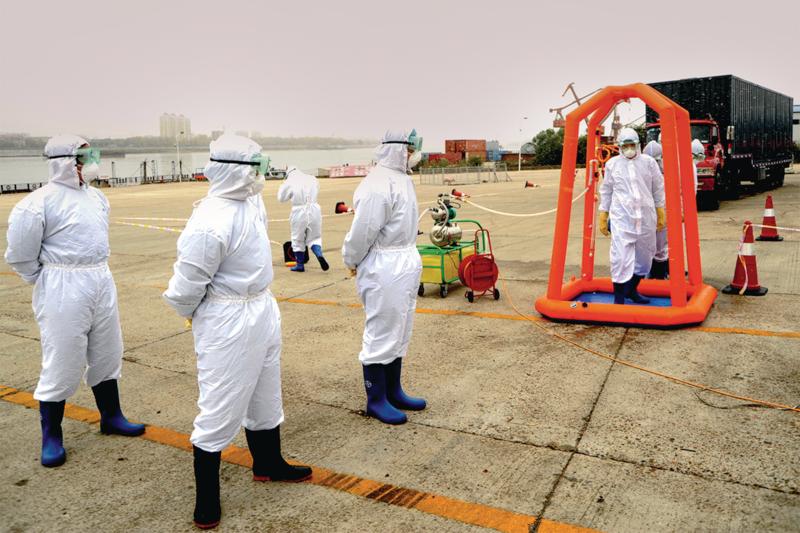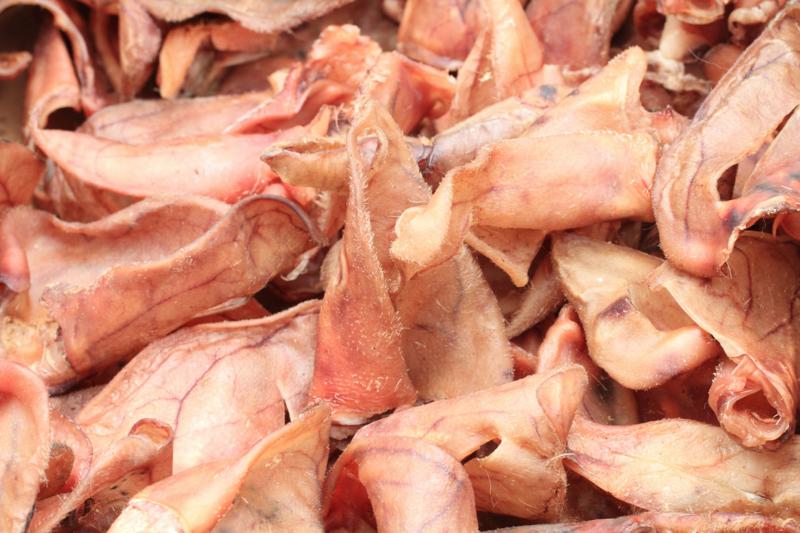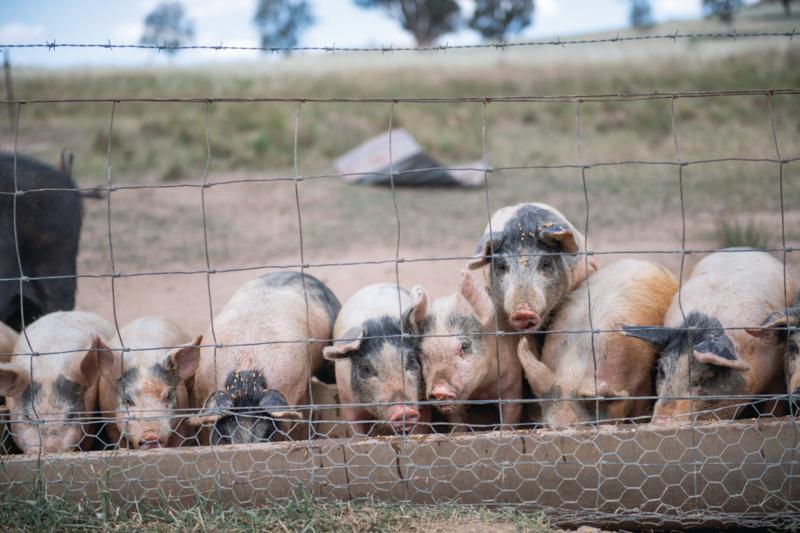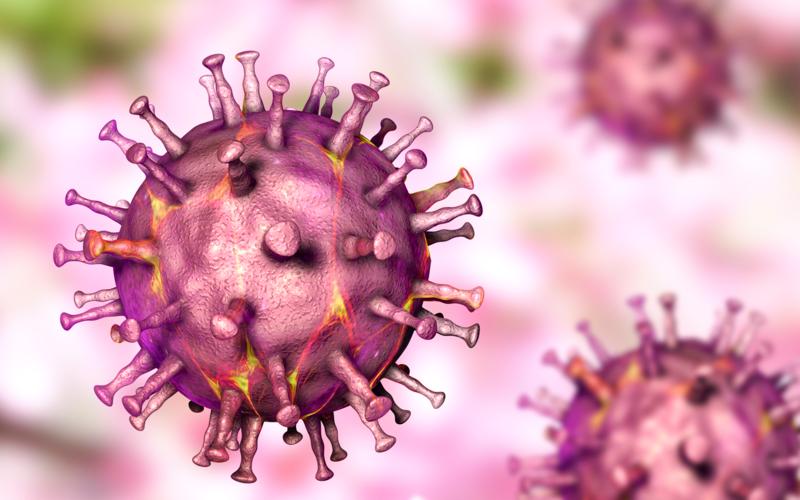AUSTRALIA’S pork industry is on high alert following outbreaks of African swine fever (ASF), a virus-borne disease that kills pigs and is now sweeping Eastern Europe, China and other parts of Asia.
“It’s a very ancient disease that’s very hardy,” says Deb Kerr, general manager of policy at
Australian Pork Limited. She says research in the United States shows that the ASF virus could survive international shipment without any feed source.
The latest
report released in April this year from the World Organisation for Animal Health (OIE) shows new or ongoing outbreaks in 15 countries, including China, Belgium, Vietnam and Cambodia. In the past, ASF has been largely endemic to sub-Saharan Africa.
Since declaring an outbreak in August 2018, China, which has half the world’s pigs – an estimated half a billion – has reportedly culled 950,000 pigs and is requiring areas to be free of pigs for at least six weeks before they can be re-introduced.
“It’s likely to have been much more,” Deb says of the cull. “Speculation is that 15-30% of China’s pig herds will have to be destroyed in the next couple of years.”
 Medical staff in China participating in a training drill to prevent the spread of African swine fever in 2014. Unfortunately, such measures failed to halt the outbreak in China last year. Source: Getty Images.
Medical staff in China participating in a training drill to prevent the spread of African swine fever in 2014. Unfortunately, such measures failed to halt the outbreak in China last year. Source: Getty Images.The highly infectious disease has no commercially-available vaccine, has no cure, and can survive in fresh and frozen pork products for up to 1,000 days, causing infection in pigs if ingested.
Australia does not import pork from China and banned imports from Belgium after the country declared an outbreak in September, which has initially been confined to wild boar. Sniffer dogs are being used to scrutinise passengers on flights from China at Australian airports, but there’s concern the disease could enter the country via mailed or posted pork products.
_preview.jpg) Earlier this year, workers assembled a 70km-long wild boar fence along Denmark’s border with Germany in a bid to prevent the spread of African swine fever. Source: Alamy.
Earlier this year, workers assembled a 70km-long wild boar fence along Denmark’s border with Germany in a bid to prevent the spread of African swine fever. Source: Alamy.
Six pork products from 152 seized at international airports and mail processing centres were contaminated with the ASF virus, the federal Department of Agriculture and Water Resources reported in January.
RELATED ARTICLES ON BIOSECURITY:
-
Flower industry at risk without added biosecurity
-
What’s bugging our biosecurity experts?
-
Is a national horse traceability viable?
-
Fair game on feral deer
Personal consignments of pork jerky and pork biltong have been banned and the Australian pork industry and government are working with airline and tourist companies and foreign online suppliers
Alibaba and
JD.com to heighten awareness of the risk of importing pork products.
Keeping Australia a disease-free zone
So far Australia remains free of the world’s major pig diseases, thanks to biosecurity protocols introduced in 2004. Countries wanting to export pork to Australia must dry-cure Parma-type hams for at least 399 days and Iberian or Serrano hams for at least 140 days and certify that the originating pig was from premises free of ASF for three months before processing. Pigs’ ears brought in as pet food have to be heat-treated and gamma-irradiated.
“All imported pigs’ ears are baked in the country of manufacture and gamma-irradiated on arrival in Australia,” Deb Kerr says.
“Australia’s current laws on pet food labelling mean these products might not be correctly labelled as having been gamma-irradiated, when they have been. The federal government is now reviewing those laws and we welcome that review.”
 Pigs ears brought into Australia as pet food must be heat-treated and gamma-irradiated. Source: Getty Images.
Pigs ears brought into Australia as pet food must be heat-treated and gamma-irradiated. Source: Getty Images.
NSW has 21% of the national sow herd, and 70% of its producers have less than eight sows. The impacts of ASF getting into Australian domestic or feral pigs would be swift and dramatic, says Dr Pat Mitchell, who sits on NSW Farmers’ Biosecurity Committee.
“Any farm where it’s found would be wiped out. Every pig on that farm would have to be destroyed.” – Dr Pat Mitchell
“On neighbouring farms, pigs would be destroyed if they originated from an infected farm, or had access to the faeces or urine of pigs moved from an infected farm. Pigs would also be destroyed if they had been injected with hypodermic needles previously used on an infected farm, or had been handled by personnel immediately after they had handled pigs from an infected farm.
“Also pigs could not be moved onto or off farms. The repercussions of this would be serious. In any area where many people are employed on pig farms, the knock-on effects could be widespread and deep.”
Dr Mitchell is especially concerned by contamination risks via animal activist break-ins. Such activists often do not release video footage for some time, leaving farmers unaware that their animals may have been exposed to the virus.
“Activists don’t care about the pigs, they want people to stop eating meat,” she says. “Pig farmers take a great deal of care to look after the health and wellbeing of their animals.”
“Activists’ arrogance and lack of knowledge about biosecurity puts our animals at risk and threatens their welfare.” – Dr Pat Mitchell
How farmers can help prevent swine fever from spreading
Dr Pat Mitchell, who owns a 500-sow farrow-to-finish farm in northern Victoria, says some pork producers have introduced extra precautions on farm in addition to routine biosecurity measures.
 Pig farmers are lifting their biosecurity controls. Photo by: Pip Farquharson.
Pig farmers are lifting their biosecurity controls. Photo by: Pip Farquharson.
“This disease can live quite a while in pigs or pigmeat including ham and pigmeat sausages so, on top of their usual biosecurity measures, quite a few producers have banned workers and visitors from bringing pork or bacon on farm,” she says. “That means ham sandwiches are out.”
Other producers ask visitors to shower before and after entering farm premises. Vets are well versed in safeguards such as not taking inanimate objects such as laptops, pens and paper into farms. Feeding swill – food waste that contains or has come into contact with meat or meat products – is banned. This includes food scraps, bakery waste and waste from restaurants.
RELATED: A day in the life of a rural vet
ASF is a notifiable disease and must be reported to authorities – either a local vet or the
Emergency Animal Disease Watch Hotline on 1800 675 888.
Australia’s Animal Health Committee recently organised a meeting of pig veterinarians, stockfeed manufacturers, pet food industry representatives and Animal Health Australia to consider what more needs doing to keep the disease out and what happens if an incursion is found.
 A 3D illustration of the African swine fever glycoprotein. ASF is a notifiable disease and must be reported to authorities. Source: Getty Images.
12 facts about Swine Fever
A 3D illustration of the African swine fever glycoprotein. ASF is a notifiable disease and must be reported to authorities. Source: Getty Images.
12 facts about Swine Fever
🐽There is no vaccine or cure.
🐽ASF causes haemorrhagic fever in pigs.
🐽It does not affect humans.
🐽The virus is highly resistant to low temperatures and can survive in frozen pork for up to three years.
🐽It’s spread on contact from pig to pig, either domestically or in the wild.
🐽The virus can be carried in contaminated feed and via shoes, clothes, vehicles, knives, equipment, infected pork or bacon, and in swill.
🐽In Africa, ASF is maintained primarily by a cycle of infection between warthogs and soft ticks (Ornithodoros moubata). The virus might be able to be carried by a soft tick found in kangaroos.
🐽ASF remains viable for long periods in blood, faeces and tissues; especially infected, uncooked or undercooked pork products.
🐽Infected pig symptoms include fever, reddening of ear tips, tail, legs, chest and abdomen, anorexia, listlessness, increased pulse and respiratory rates, vomiting, diarrhoea and eye discharges.
🐽Mortality rates of infected pigs can reach 100%. Some strains are less deadly.
🐽Pigs introduced to strains of ASF through contact can show symptoms in nine days and die within 16 days.
🐽Australia has no known cases of ASF in domestic or feral pigs.